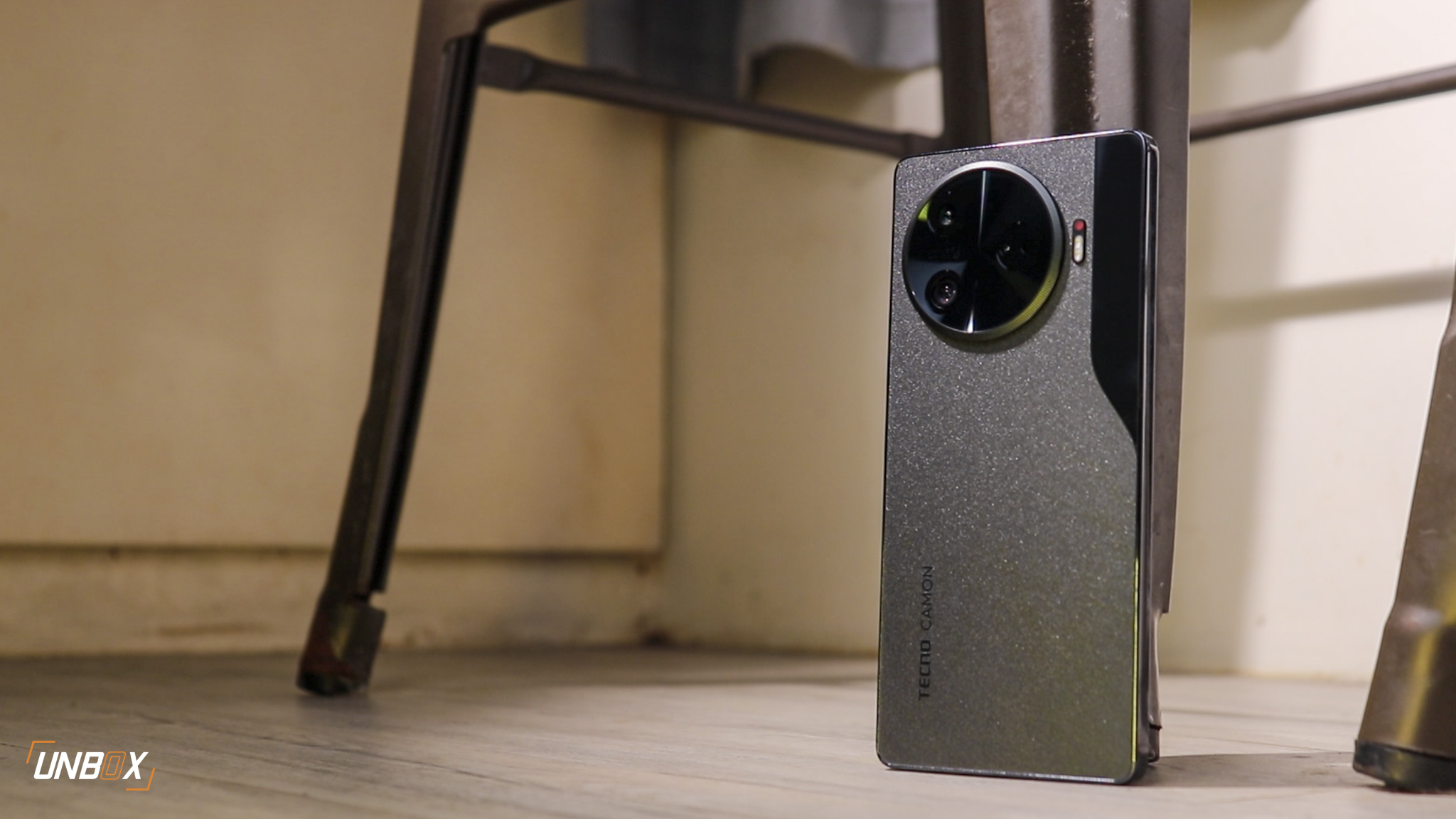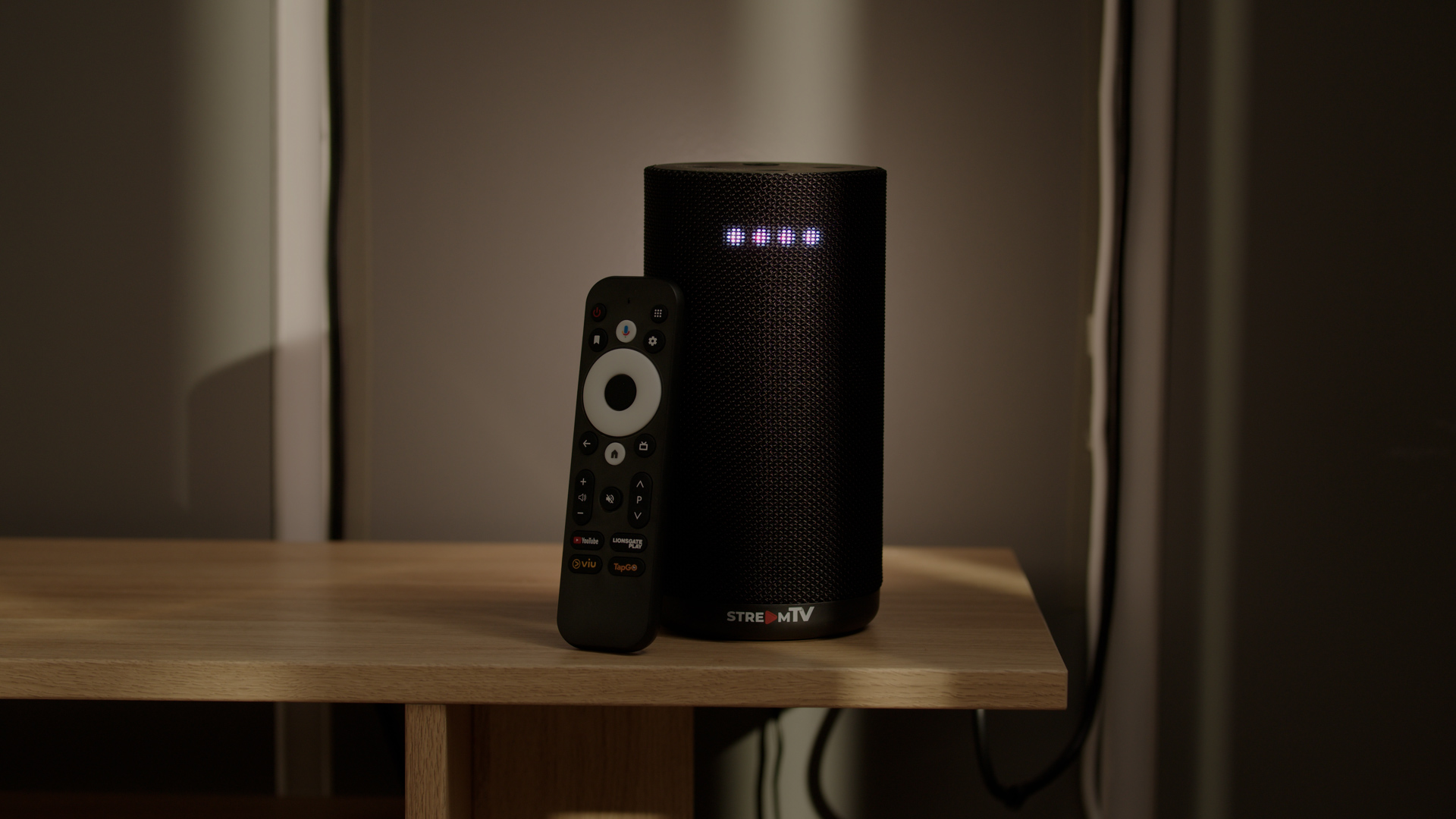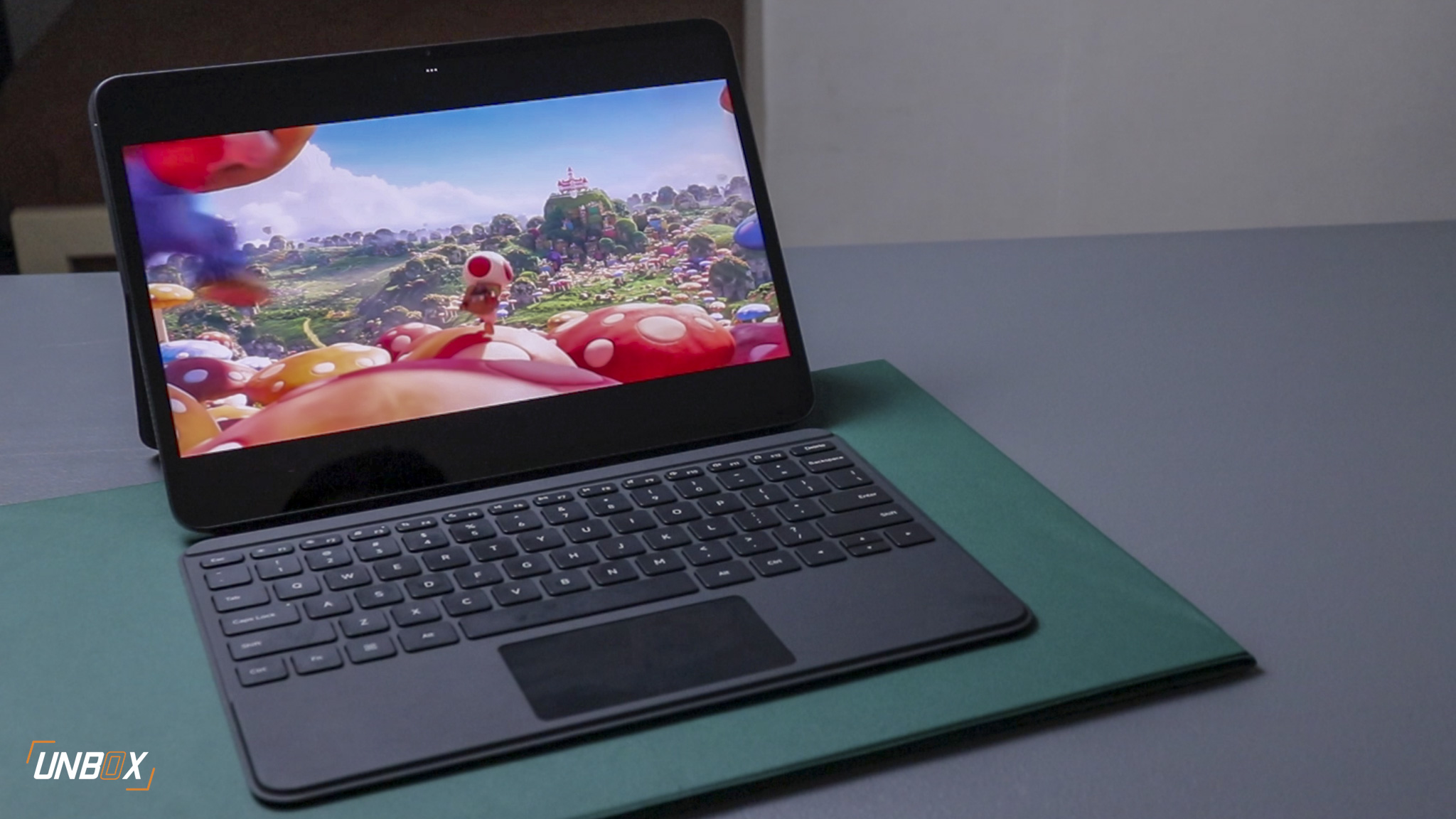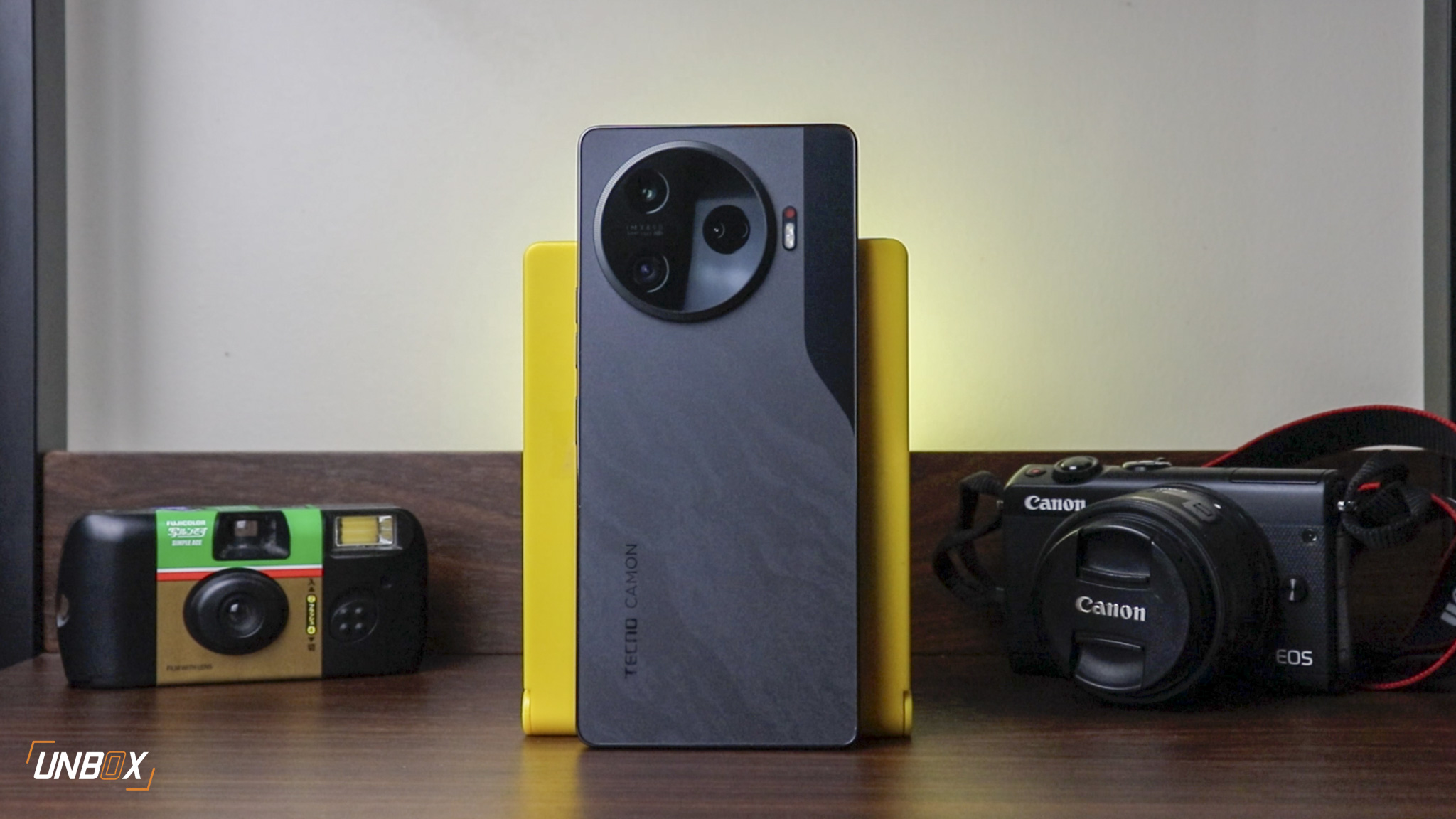Two years have passed since the world shifted to a hybrid work model, where employees do their work remotely–away from their offices–as a means of continuing operations amidst the COVID pandemic. The experience workers have collected for the past two years led them to prefer remote work. However, companies have a hard time adjusting to this model according to a study by Microsoft Work Lab.
The study, which is entitled Great Expectations: Making Hybrid Work Work, explains that because of the experience of remote work for the past two years, employees now have a “worth it” equation factored in on whether they still prefer to go to the office for work. The study comprised 31,000 people in 31 countries, where the study was analyzed together with LinkedIn labor trends and productivity signals in the company’s 365 suite.

The biggest takeaway of the study is that employees now have a “worth it” factor in assessing if returning back to the office is good or not. One of the perks that remote work has brought according to the study is that the past two years have reshaped the priorities of employees, giving importance to things like health and family. At least 53% of the respondents said that they give importance to wellbeing more than before.
Because of this change in perspective with work, companies now face the challenge of properly transitioning to hybrid work for their employees. “Now, flexibility and wellbeing are non-negotiables that companies can’t afford to ignore.”
With this in mind, it is up to the company’s leaders to create a culture that promotes work flexibility and prioritizes employee well-being. This trend is very evident with LinkedIn’s Top Companies in the Philippines for 2021, where the top 5 companies prioritized the well-being of their employees, on top of offering different opportunities beyond the office workspace.

The burden of creating this new culture is at the hands of managers, who have to balance both employees’ expectations with leadership priorities in order to grow their company in the long term. “While the policy is set at the top, leaders need to decentralize decision-making and empower managers to make the change on behalf of their employees’ individual needs.”
“You must design workplaces with enough flexibility to support every employee. A mix of quiet places, collaboration areas, and touch-down locations help ensure everyone can be connected, engaged, and productive,” Global Workplace Services CVP Michael Ford said.




































































